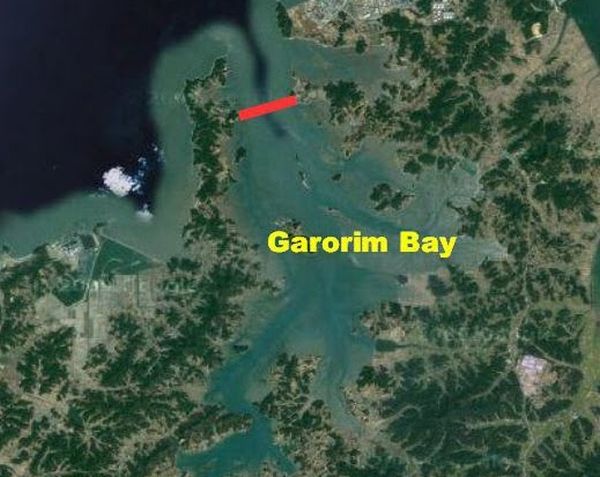Many of us, although we believe sustainability to be a serious issue, do not act upon our own views. We think that just the way our present is going on smoothly, our future would be smooth too. It is mostly those who are experiencing the direct effect of our impact on the environment that take sustainability seriously. Therefore, both as individuals and as countries, we need to understand the consequences of what we do to the environment. We need to understand that although expensive our so-called largest tidal power projects, wind energy projects, and solar power projects would ultimately save us in more ways than one.
Worldwide energy crisis
Science and technology have changed our lifestyles drastically. In our day to day life for everything we do, machines are the ultimate savior. Our lives are completely dependent on them and we simply cannot do without them. Machines consume fuels, that come from non-renewable resources. These resources take millions of years to generate, once deprived. The high rate in consumption of non-renewable resources have led to a world-wide energy crisis.
How tidal energy can provide a solution?
In order to cope up with this scenario, scientists and environmentalists are searching for different alternatives of harnessing energy. They would be able to use these alternatives to run machinery and for other purposes. Among those alternative sources of energy, tidal energy plays a significant role. It deals with the harnessing of tremendous energy which rises from ocean tides and divert them into constructive deeds. Moreover, it is a renewable resource, as it is available in abundance and will never run out of stock.
5 largest tidal power projects proposed for a green future
The utilization of tidal energy is a nascent and immature concept, and no technology has been standardized yet. However, various designs have come up and are being experimented with. We will be discussing them in details. Read on.
1. Garorim Bay Tidal Power Station
Garorim Bay Tidal Power Station is located in South Korea, and to be precise, it is between Seosan city and Taean County of Chungam Province. It owes its inception to the Korea Western Power Company Limited. Furthermore, it was in the month of November 2008, when the Korean government gave it green signal. As envisaged, the plant will be generating 520 megawatt-hours of electricity per day (26 MW·h * 20 sets).
This will be twice greater than the Rance Power Plant in France, which would now be the world’s second largest tidal power plant. The construction cost was approximately 1 trillion Korean won (1 billion US dollars), according to an estimation of 2005.
2. Penzhin Tidal Power Plant

The Penzhin Tidal Power plant has been planned to be launched in the Penzhin Bay. This Penzhin bay is there at the upper-right arm of Shelikhov bay and to the north-east corner of Okhotsk Sea. According to some facts about the Penzhin bay, the total area is approximately 20 530 km². The average height of tides are 10 meters, which equals to 33 feet. Taking all the facts into account and after some relevant calculations, scientists have to say that the power plant will have the capacity of producing 115 GW of energy per day and 3.64Ã1018 J per year, where J refers to joules of energy.
3. Gulf of Kutch Project
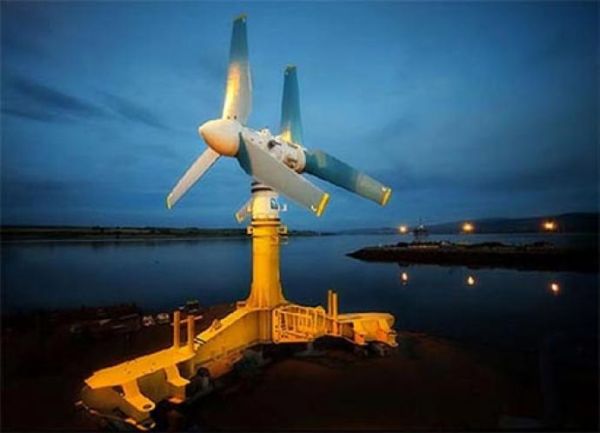
The Gulf of Kutch project, when established successfully, will give a brand new recognition to India as the home to Asia’s first tidal power plant. The assignment looks forward to the launch of a 500-megawatt commercial tidal power plant. It might get initiated by Atlantis Resources Corporation in collaboration with Gujarat Power Corporation.According to an extensive study by the Atlantis, the plant might produce electricity up to 300-megawatt.
The project is near completion, and its total cost is approximately US$150 million. According to the CEO of Atlantis, Tidal energy has gone up to that level which was occupied by wind energy 10 years back.
4. Skerries Tidal Farm
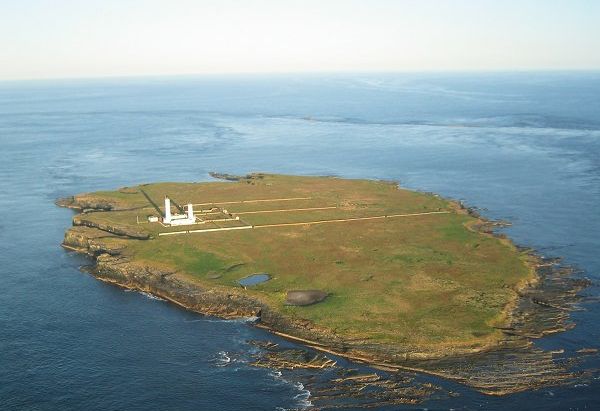
To the 3 kms north-west of the Anglesey coast, seven tidal current turbines will be set up. This is in accordance with the plan by the Npower Renewables and the Marine Current Turbines (MCT). Each turbine has the capacity of generating up to 1.5 mega-watt of electricity. The area, that has been chosen for the installation of these turbines is called Skerries. The main reason behind choosing this site is because of the strong currents that are available here and also because the fact that it lies in the vicinity of Wylfa power station and the port of Holyhead.
According to Paul Cowling, the managing director of Npower Renewables, the Skerries project will open doors to further green power technologies. Cowling also feels that this project will be a very precious contribution to the UK’s renewable resources and it will also help to battle climate change.
5. Severn Barrage Tidal Power
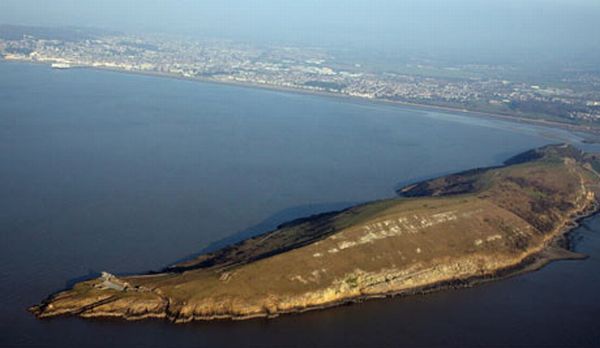
Severn Barrage Tidal Power plant has been proposed, and when completed it will be the perfect tidal power generating station in the world. This is because it will be built on the most appropriate place for harnessing tidal energy, and that is across the Bristol channel. River Severn has a tidal range of approximately 14 meters, an ideal range for generating huge amount of energy. According to plans, the plant will have a 10 mile long barrage or a dam. It is expected to have a total of 214 40 MW turbines, that would generate electricity, and as far as the statistical analysis goes, it will generate 17 billion kWh of electricity per year.
The responsibility for making this project a reality has been given to the Severn Tidal Power Group(STPG), which was formed in the year 1981. According to some more statistical data, the project on completion will cut down UK’s carbon dioxide emission by 16 million tonnes each year. However, this fact is based on an assumption that Severn Power generating is substituted by coal-fire generating plant. The maximum estimated cost for the complete establishment of this plant is £34 billion.
How does Ocean Energy work?
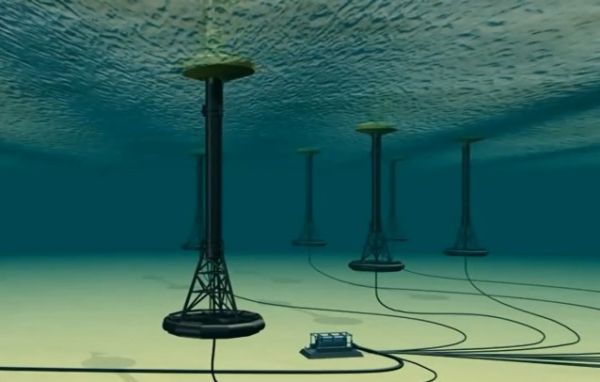
Image Source : CloudFront.Net
Not many ways are available that can derive renewable energy from oceans but the few ways that are available are quite helpful and efficient. Tidal energy, ocean currents, ocean wind energy and salinity gradients, wave power, and ocean thermal energy conversion (OTEC) are some ways that generate ocean energy. Let us see how all these systems work to generate renewable energy from oceans:
Ocean Thermal Energy Conversion (OTEC)
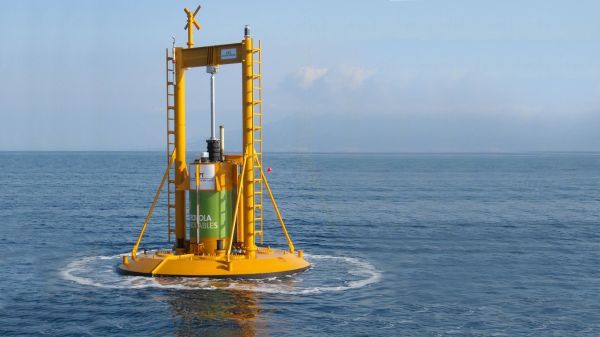
Image Source : TheTerramarproject.Org
Heat engines produce electricity in OTEC. Various kinds of heat engines are used for this purpose, and heat engine is a machine that works with two different temperatures – hot and cold. OTEC is a method of ocean power generation that makes use of the temperature difference. The temperature difference here refers to the difference of temperature between the hot surface of the ocean and the cool ocean depths.
The warm surface of the ocean vaporizes the fluid; the fluid is the one that has a real low boiling point like ammonia. When the vapor expands, it makes the turbine move. After that, the cool layers of the ocean cool down the vapor and stop the turbine from further movement.
After some time, using the same fluid the same process repeats. We can repeat the process and continue for longer periods depending upon the energy demand. The more the difference in temperature, the better is the energy production.
Wave Power
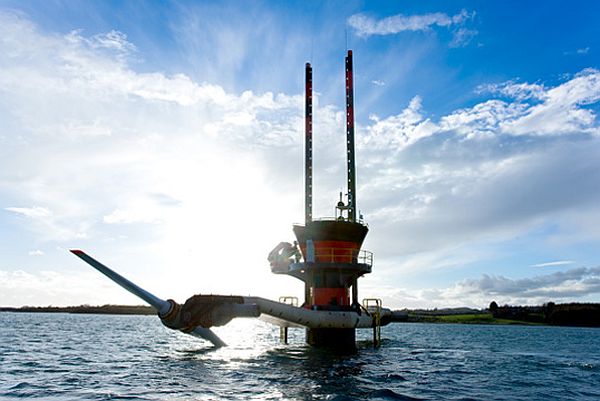
Image Source : Energy.Siemens.Com
This method employs the energy produced by waves in the sea to produce energy like electricity. So it is one method that uses one energy to produce another. The scope and potential of wave power is extremely high. However, it is a tough method, especially while using it on a large scale.
It is a tough method and at present, we don’t know much about it at present. Therefore, there is just a handful of wave generator plants across the globe.
Energy Generation from Salinity Gradients
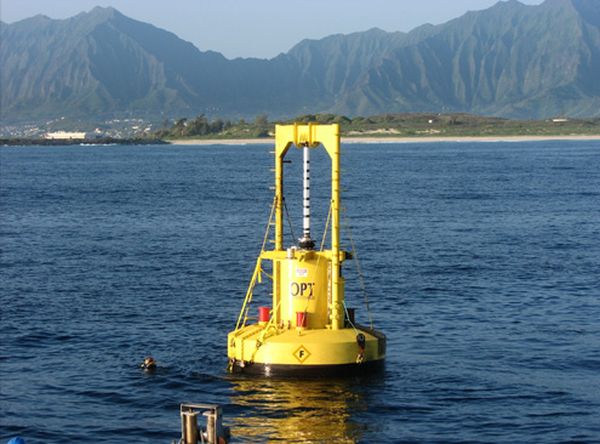
Image Source : OceanPowerTech.Com
This method brings into use the osmotic pressure difference between the salt water and fresh water. Out of numerous salinity gradient power generation methods, the PRO (Pressure Retarded Osmosis) is the most popular. PRO method pumps seawater into a chamber that has a low pressure as compared to the difference of pressure between salt and fresh water. The pressure created moves the turbine and this is how electricity is produced.
Ocean Current Energy Production

Image Source : Conserve-Energy-Future.Com
This method is all about harnessing the kinetic energy that ocean currents produce. The scope of this method is so bright that even if just 1/1000th of the energy from Gulf Stream is harnessed it could generate great amount of electricity.
The energy needs are growing with the growth of population. More and more energy sources are required to fulfill energy demands of everybody, and oceans have quite the potential to fulfill all energy requirements because they have such massive presence on earth. They can provide tremendous amounts of clean and green energy.



